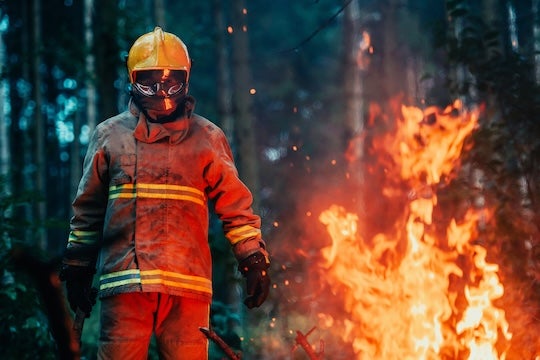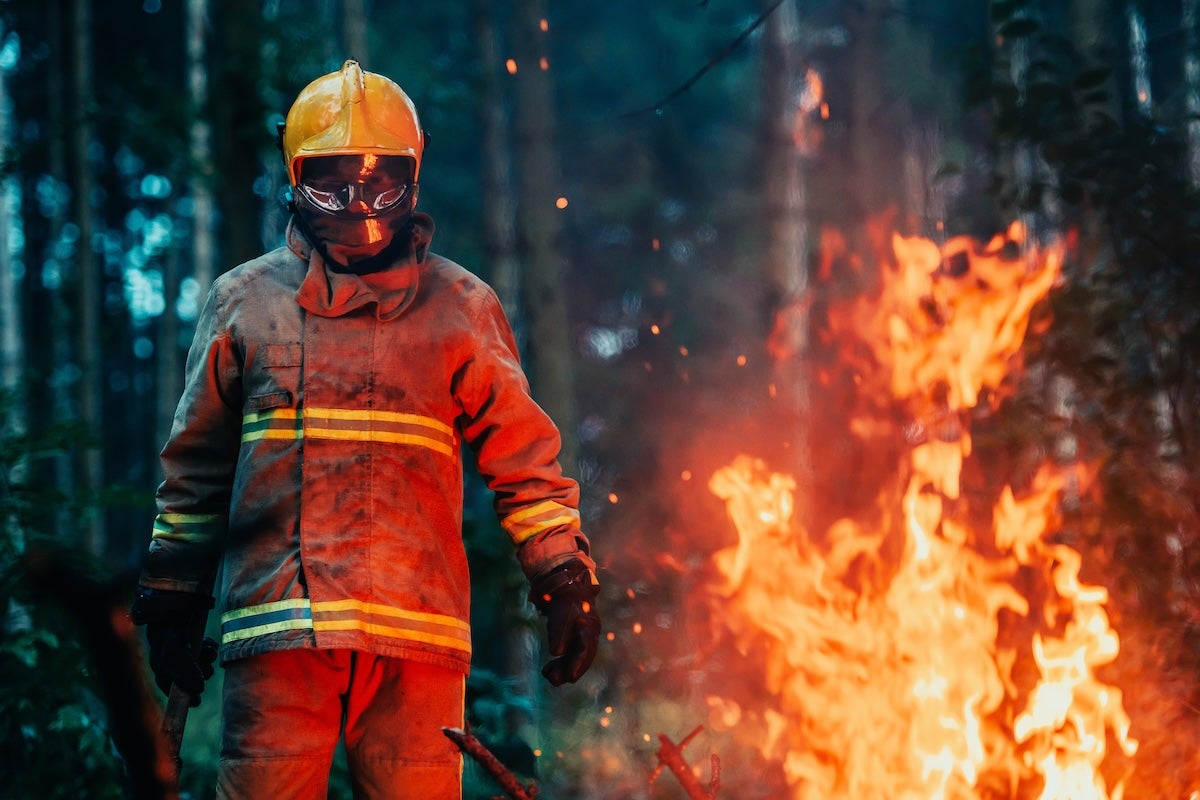
Strong Santa Ana winds continue to fuel fast-moving and destructive wildfires across Southern California, prompting mandatory evacuations for at least 80,000 residents. The fire near Pacific Palisades has burned nearly 3,000 acres, while the fires in Eaton and Hurst have consumed 1,000 and 500 acres, respectively. Dry conditions and powerful winds expected to intensify overnight have worsened the crisis.
On Tuesday, gusts reaching 100 mph — the strongest to hit Southern California in over a decade — forced evacuations in Pacific Palisades, a coastal community 20 miles west of downtown Los Angeles. Home to 24,000 residents, the area has faced widespread power outages, downed trees and rapidly spreading flames.
Rice University experts are available to provide insights into the environmental, infrastructural and societal impacts of the windstorms and wildfires threatening Southern California.
Extreme weather and climate change
Sylvia Dee, assistant professor of Earth, environmental and planetary sciences and civil and environmental engineering, offers expertise on extreme weather, including the role of El Niño and La Niña in shaping severe weather patterns. Dee’s research examines how climate change influences wildfire risk and public preparedness.
“The intensity and frequency of extreme weather events like these wind-driven wildfires are clear indicators of a changing climate,” Dee said. “Understanding these patterns is crucial for developing strategies to mitigate future disasters.”
Infrastructure resilience and risk management
Avantika Gori, assistant professor of civil and environmental engineering, studies the intersection of climate-driven hazards and their impact on the built and natural environments. She explores the compound risks of weather and climate hazards.
“The interplay between extreme weather events and human development calls for an integrated approach to safeguard communities,” Gori said.
Climate change and community responses
Cymene Howe, professor of anthropology, focuses on the social impacts of climate change and innovative approaches to future resilience. Her research examines how climate-related disasters, such as wildfires, affect urban communities and highlights the importance of inclusive, interdisciplinary approaches to mitigation and adaptation.
“Wildfires are not only environmental events but also social and cultural phenomena that demand rethinking how we live with and respond to a warming planet,” Howe said. “Addressing this crisis requires collective strategies that center on how we respond now and how we prepare for future events, which are sure to come.”
Flooding and erosion
Noemi Vergopolan, an assistant professor of Earth, environmental and planetary sciences, specializes in the water-climate nexus using advanced satellite remote sensing and machine learning to improve predictions of hydrological extremes and support decision-making during crises.
“These strong, dry winds driven by high-pressure systems dry out vegetation and accelerate through valleys, creating ideal wildfire conditions,” Vergopolan said. “The aftermath, including erosion, flooding and water quality degradation, underscores the interconnected nature of climate and hydrological extremes.”
To schedule an interview with any of Rice’s experts on wildfire-related topics, contact Alex Becker, media relations specialist, at alex.becker@rice.edu; Marcy de Luna, media relations specialist, at marcy.deluna@rice.edu; or Chris Stipes, executive director of news and media relations, at chris.stipes@rice.edu.

